New species of ant
A new species of ant namely, Lenomyrmex hoelldobleri was discovered from the rainforests of Central and South America by a team led by Christian Rabeling, University of Rochester, New York.[1] The ant genus Lenomyrmex is a recently described one with species distributed from mid to high elevation rainforests of Central and South America. Including this new addition, the genus consists of just seven species, which are rarely collected.
The interesting fact is the place at which it was discovered. It was flushed out from the gut contents of an ant-eating dendrobatid poison frog, Oophaga sylvatica. Ant-eating frogs go for hunting in tiny and hard-to-access places. So these can be used as a tool to go where we can’t go. When capturing a wild frog and flushing their stomachs, the amphibians vomit whatever is in their bellies—revealing potential treasures, like the new ant.
The mystery ant

Lenomyrmex hoelldobleri has been described from a single specimen of a dead worker ant collected from frog’s stomach. Scientists know almost knowing about their habitats and food habits. They have slender, elongate, and highly conspicuous mandibles with minute peg-like denticles. These amdibles appear as if they were forceps. These specialised mandibles points to specialized predatory habits. May be they use these mandibles to catch its prey.
Unfortunately, the feeding behavior of these cryptic ants was never observed. Also the prey organisms of Lenomyrmex are unknown too. Lenomyrmex appears to be a close relative of Daceton trap-jaw ants, which are both part of a monophyletic group of specialized predators.
Finally, the frog!

Oophaga sylvatica, also known as diablitio is a poison frog of the family Dendrobatidae. It is mainly found in south western Colombia and north western Ecuador upto 1000m asl.[2] The International Union for Conservation of Nature lists O. sylvatica as Near Threatened.[3]
Poison frogs get their name from the presence of poisonous chemical substances frond in their skin and body. Most probably, these chemicals are formed from alkaloids found in the body of these ants they consume. Ants can be considered as mini chemical factories. Their signalling mechanisms rely mostly on chemicals we call as pheromones.
[cite]


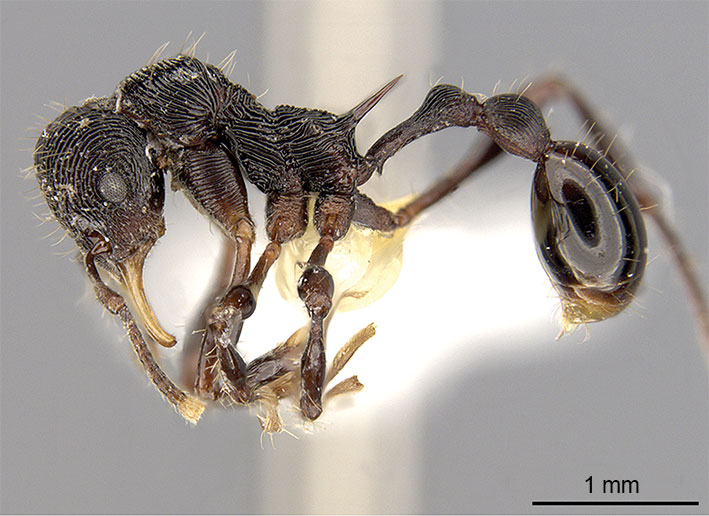
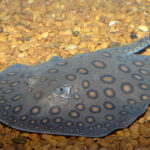

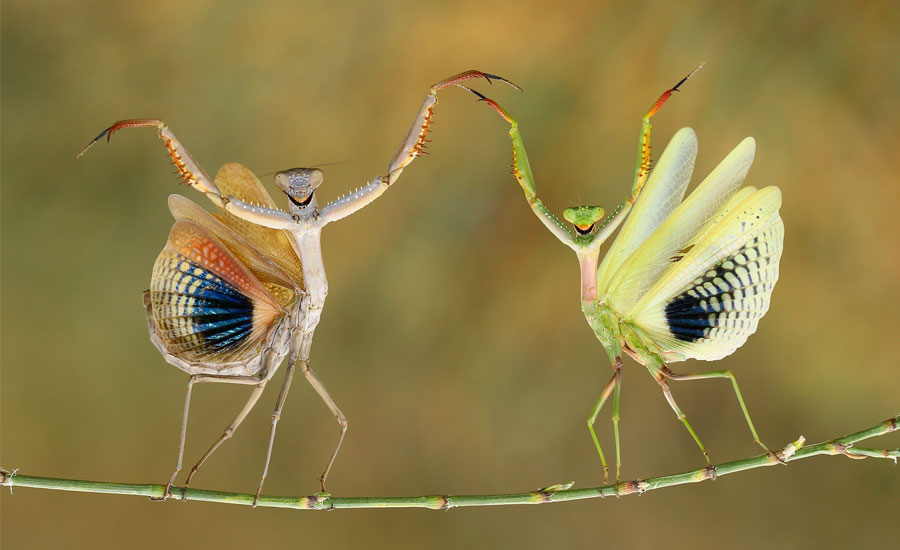

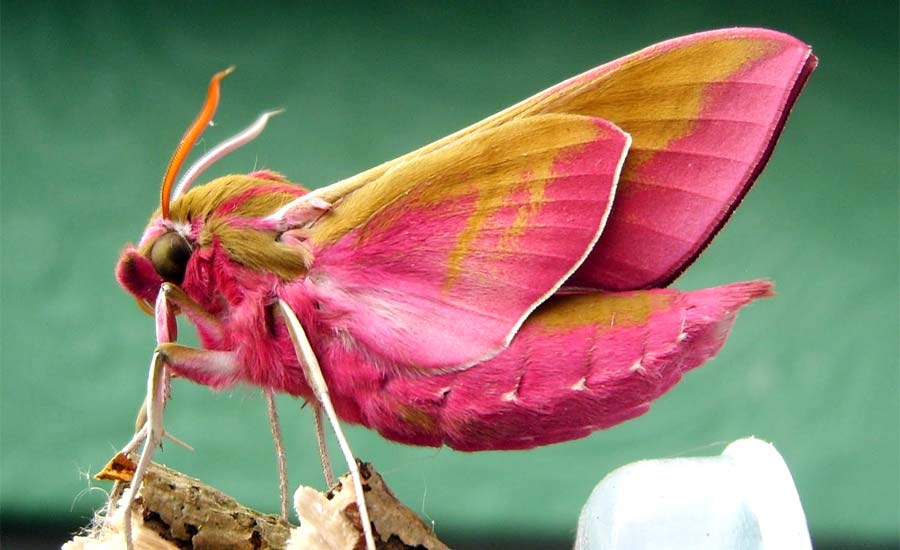
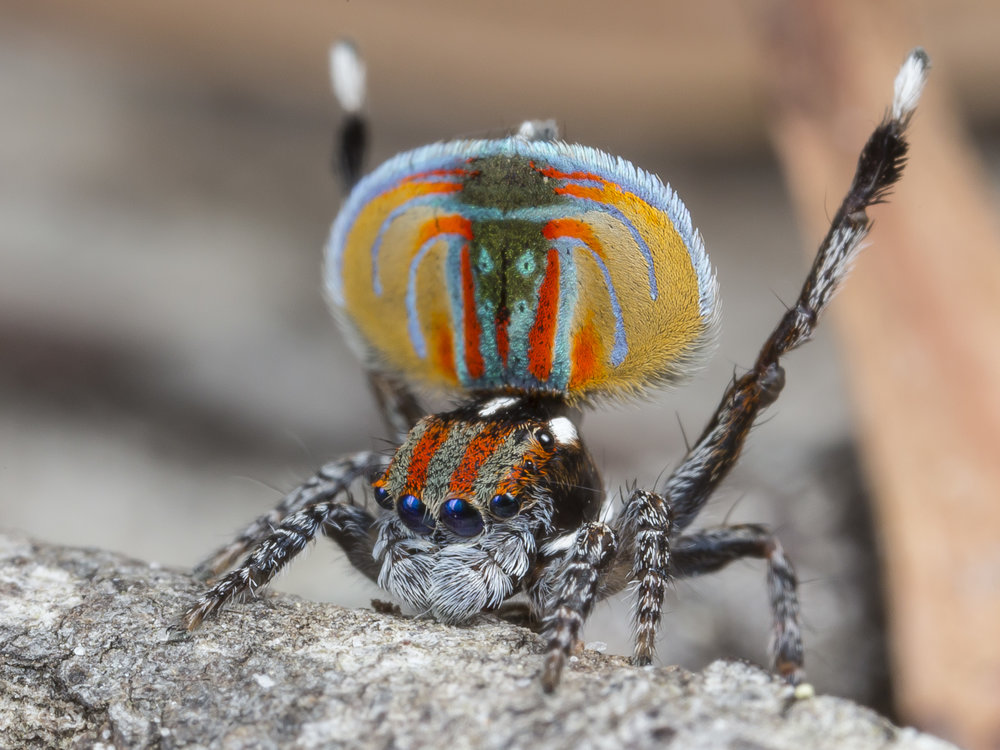
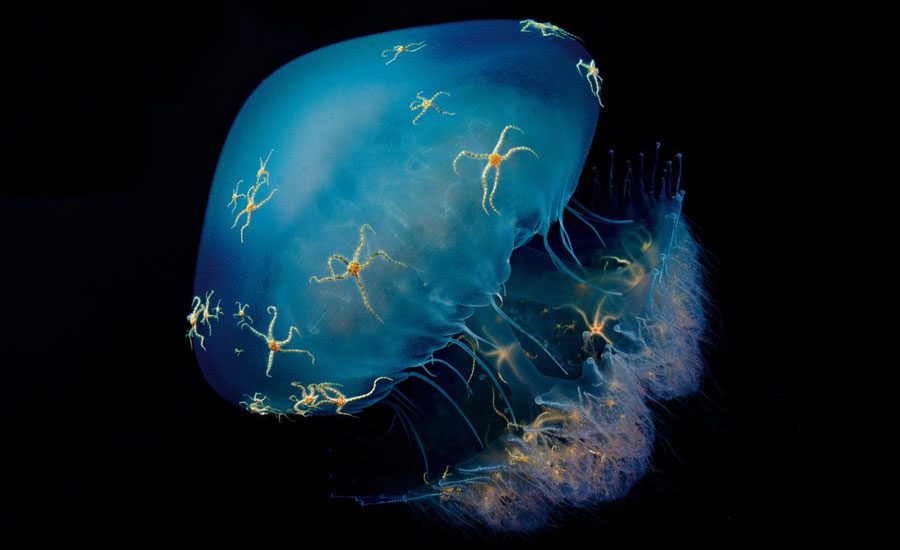
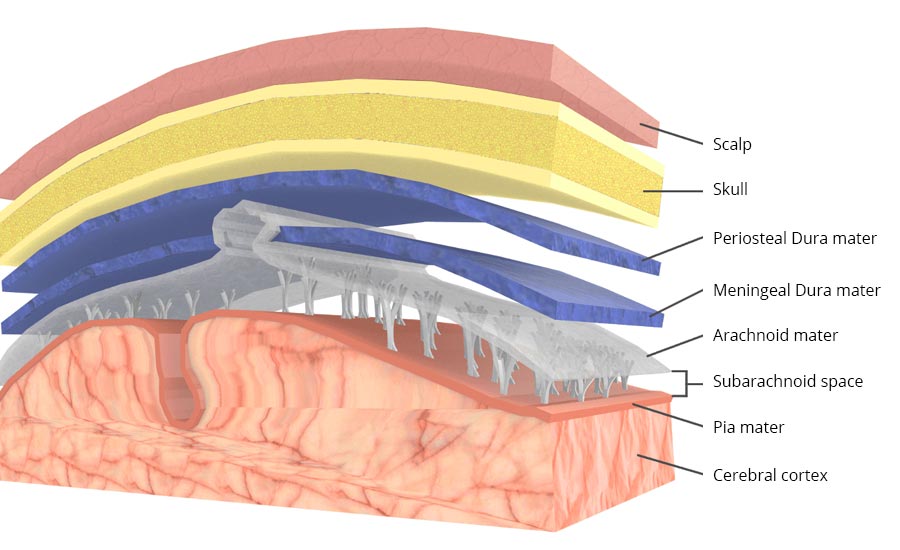

Leave a comment